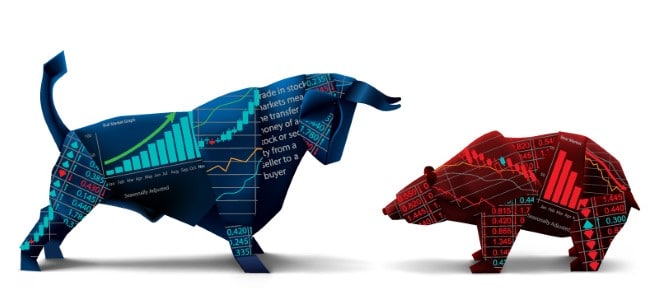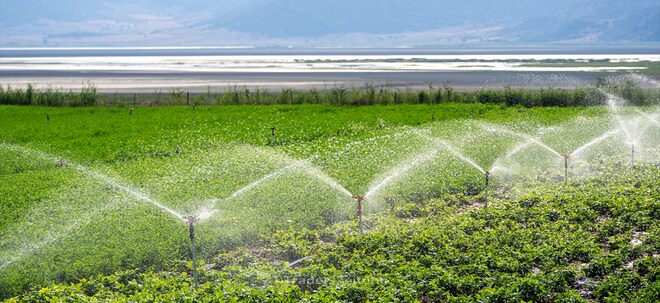Turkish Farmers Pioneer XAG Agricultural Drones for Water-Smart Practices
GÖNEN, Turkey, June 27, 2025 /PRNewswire/ -- Turkey is grappling with a significant water challenge: 186 of its 240 lakes have vanished in just 60 years. This ongoing environmental pressure has driven innovations among local small and medium-sized farmers. In Gönen, the nation's rice basket, families such as the Gökmens and paddy veteran Hüseyin Armağan are adopting agricultural drones to address both water scarcity and operational inefficiency.
Yet drought is only part of the puzzle. Rice farming, in particular, swings between extremes: periods of costly irrigation and sudden rains can leave fields too muddy for tractors, while overall water shortages threaten yields. "When the field is wet, tractors can't access it until the ground dries," explains Recep Gökmen. That sometimes meant waiting up to fifteen days, missing critical spraying windows and losing productivity.
Armağan, who manages 110 hectares of rice paddies in his family's 30-year legacy, recalls further frustrations: "With traditional methods, whenever applications overlapped, parts of the crop would burn or get damaged." Heavy machinery often crushed seedlings, chemicals were often wasted through drift, and finding enough skilled hands each season was a constant struggle.
Meanwhile, Turkey's agriculture sector gulps down about 70% of the nation's water even as drought and climate change tighten their grip. Layered atop rising energy and input costs, and unpredictable market prices, small producers face razor-thin margins. All these pressures have pushed local farmers to reconsider traditional methods, and seek out new solutions.

That's where the XAG P100 Pro comes in—a fully autonomous agricultural drone capable of precise spraying, fertilizer spreading, and seeding. With its foldable design, 50-kilogram payload, and simple smartphone controls, the drone has transformed daily life in the fields.
For the Gökmens, the transition to drones marked a major shift. Recep, who for years managed planting and fieldwork by hand and tractor, has gradually passed the reins to his son, Özgür, who embraced the drone's technology without hesitation. "I put in the settings, and it just does its job—no intervention needed while it's flying. And when the spraying is finished, it lands exactly where it took off," Özgür says. This workflow shift has ended exhausting late nights and the scramble for seasonal labor during peak periods.
Armağan shares that what once took days now finishes in hours, no matter the field's size or slope. The XAG drone can safely fly under power lines and over uneven ground. "Before, if it rained, we couldn't get into the field for a week or more. Now, after just a day or two, the drone can be out applying exactly the right amounts, right where needed. We don't waste time or resources anymore," he reflects.
Resource savings have been immediate and significant. With conventional tractor sprayers, water use on a single decare (1 decare equals 0.1 hectare) was up to 40 liters, but now the drone needs just 1 to 5 liters. Pesticide use is nearly halved, from as much as 100 grams per decare, down to just 40 to 60 grams, while maintaining or even improving crop protection and yield. Fertilizer and seed are spread with precision, stopping the waste and loss that previously happened at the edges or due to wind drift.
Labor demands have shrunk as well. Where both families once relied on hired workers and long hours, these same fields now require just one or two experienced operators. "Two people do all the work in this business now," says Özgür, highlighting the changing roles on family farms. Older and younger members now collaborate, but with far less physical strain and clock pressure.
The benefits go beyond economics. Exposure to chemicals has decreased significantly—no more riding behind a sprayer in a cloud of fumes or slogging across muddy ground. Crops are healthier, with no more trampling, missed patches, or burnt seedlings. "You simply see less waste and less damage," Armağan observes. "And the drone's coverage is always uniform."
For rural communities like Gönen, this means a better standard of living and renewed optimism. Young people are now less likely to leave farming for city jobs, since agriculture offers high-tech tools and increased profitability. Fields are cleaner and yields are rising; Armağan estimates his yields have increased by about 10 percent—a substantial gain when working hundreds of hectares.
Both the Gökmens and Armağan say switching to XAG drones was one of their best decisions. The agricultural drones are robust, easy to repair, and have reliable local support, allowing farmers to focus on production, not constant maintenance headaches. "In terms of labor, fuel, and everything else, you win in agriculture," says Recep. "It gives us confidence: there are no leftovers, no shortages—everything lands where it should."
Amid growing climate, labor, and economic challenges, these stories show how a smart investment can ripple across a region. By blending generations of farming know-how with advanced technology, Turkish farmers are building a future that values every drop of water, every grain, and every working hour.
Photo - https://mma.prnewswire.com/media/2720466/updated.jpg
![]() View original content:https://www.prnewswire.co.uk/news-releases/turkish-farmers-pioneer-xag-agricultural-drones-for-water-smart-practices-302492971.html
View original content:https://www.prnewswire.co.uk/news-releases/turkish-farmers-pioneer-xag-agricultural-drones-for-water-smart-practices-302492971.html

